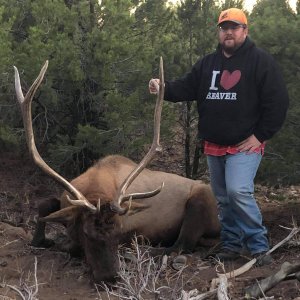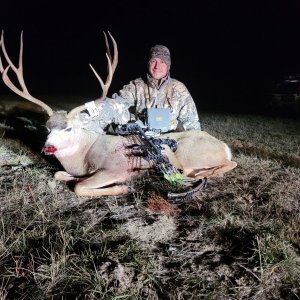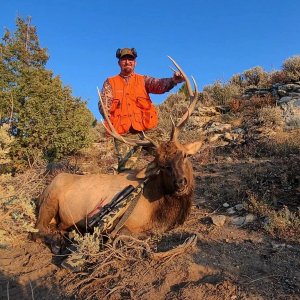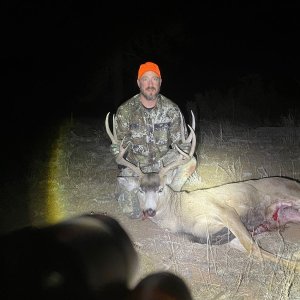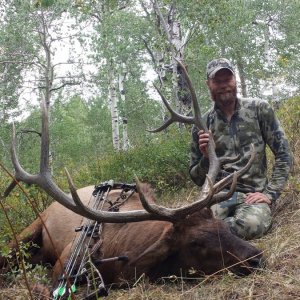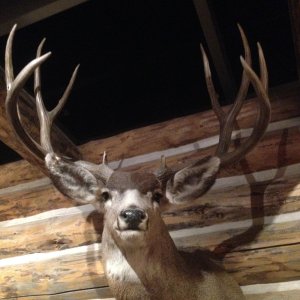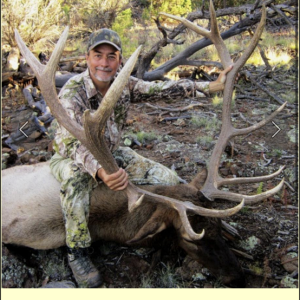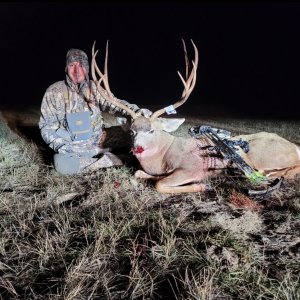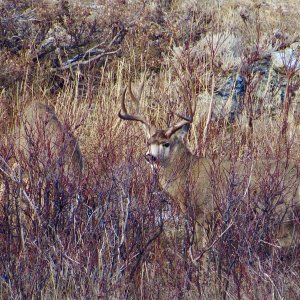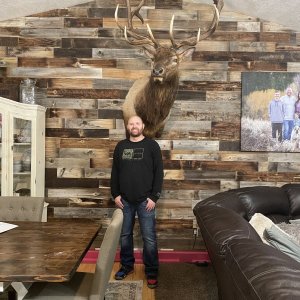travishunter3006
Very Active Member
- Messages
- 2,065
So in discussion today about how to pick the right bullet...etc. I heard my friend say that its the hydrostatic shock that does all the damage and that the bullet itself doesn't do the "killing". He went on to talk about "knock down" power blah blah blah....
this bit about the hydro-whatever shock is something i have heard alot. My question is: If it really is the hydrostatic shock that kills the animal and that shock is created by the speed and twist of the bullet, then why would it be important for the bullet to expand at all??
I have my own opinions on this but before i say anything i want to hear what some of the more savy fellows have to say.
It was a big bodied 2 point. (this is my signature)
this bit about the hydro-whatever shock is something i have heard alot. My question is: If it really is the hydrostatic shock that kills the animal and that shock is created by the speed and twist of the bullet, then why would it be important for the bullet to expand at all??
I have my own opinions on this but before i say anything i want to hear what some of the more savy fellows have to say.
It was a big bodied 2 point. (this is my signature)



